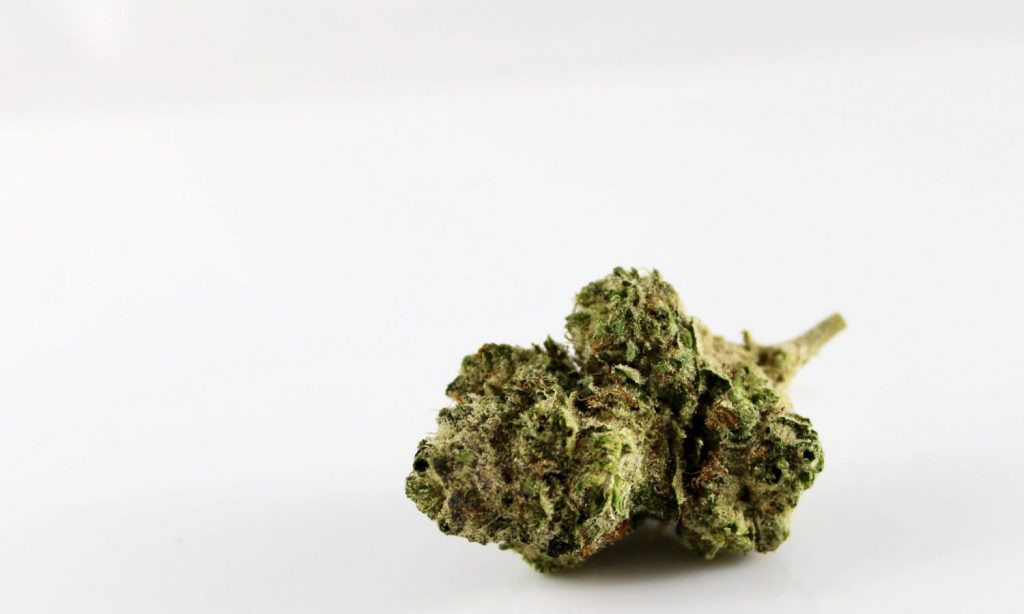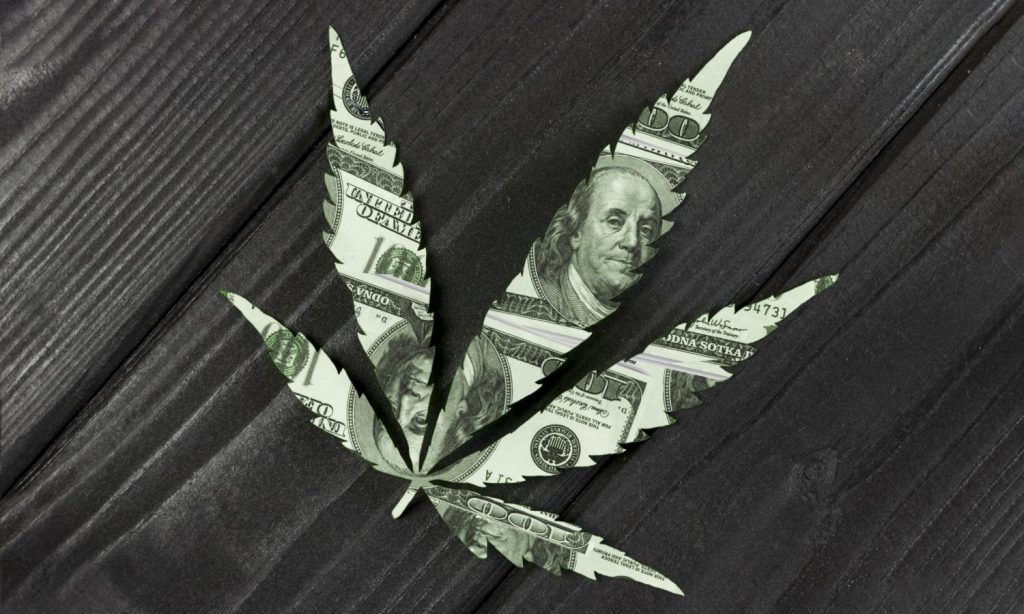
Marijuana Making Trivia – The Fresh Toast
Scruffy hippies getting high in a disorganized underground economy—that’s how the weed production industry was portrayed in the (not too distant) past. But today, the new marijuana production business is growing and it’s nothing like you ever imagined. So if you want to amaze your friends who are using, here are some fun facts about making marijuana!
What is weed manufacturing?
Weed production is the process of obtaining, reproducing, extracting, or preparing manufactured weed products. This process of weed production can be done either indirectly or directly using extraction techniques, chemical synthesis, or a combination of both. The industry continues to grow rapidly as more consumers begin to understand the benefits of ingesting cannabis products for health and fitness, medicine, and even beauty.
Photo by photo by Elsa Olofsson via Unsplash
As the demand for various marijuana products increases, more and more investors are showing interest in starting a cannabis business. The overall cannabis industry is thriving, and as this sector continues to evolve at a rapid pace, there is a lot of money to be made. If you’re thinking of starting a large-scale operation, there are numerous marijuana processing equipment available to help you start your business.
But be prepared. Starting a cannabis business is not easy as there are laws and regulations that you must first consider depending on which state or country you are operating in. Therefore, you should plan this carefully. It’s also best to consult lawyers first and check with regulators to ensure your business is compliant with applicable laws.
Recreational use of marijuana is currently legal in 15 states. But for medicinal purposes, it’s legal in 35 states, and that number is expected to increase in the years to come. Traditionally, hash, flower, and handcrafted edibles were the only cannabis goods available to consumers in the underground market. In today’s legal market, weed products are available in more forms such as oils, concentrates, cannabis-infused beverages and edibles, and products containing tetrahydrocannabinol (THC) such as dry powder inhalers and transdermal patches. It’s no wonder the number of weed producing companies has suddenly increased despite strict government regulations.
But apart from the above facts, there are other interesting things about the weed manufacturing industry:
Sales growth is increasing rapidly
As government laws have changed and more states are legalizing its use, the legal marijuana market is expected to skyrocket. In fact, in the U.S. alone, legal marijuana sales increased 46% in 2020, according to Forbes. That surge led to an all-time high of $17.5 billion, meaning Americans are consuming more weed than ever before.
Additionally, several new cannabis companies are engaged in research and development, testing, and production. In Canada, many regions are anticipating the privatization of cannabis retail stores. Many provinces that used to select a single supplier are now asking numerous suppliers to submit their bids to meet the increasing demand.
RELATED: Which U.S. City Smokes the Most Weed Per Capita?
A recent market analysis report estimated the value of the global legal marijuana market at US$9.1 billion in 2020 and is expected to grow at a compound annual growth rate (CAGR) of 26.7% from 2021 to 2028. It can be said that the growing demand for legal marijuana is due to the increasing number of states and countries legalizing the use of cannabis.
It also produces innovative products
With legalization, more than ever, marijuana users are eating their cannabis instead of smoking it. Between January and August 2018, edibles’ market share increased to 24% in Oregon and Colorado, with sales of other edible products growing even faster. Cannabis-infused chocolates, for example, grew 135% in Colorado over the same period.
 Photo by Christina Winter via Unsplash
Photo by Christina Winter via Unsplash
In addition to edibles, many other variations of cannabis products — such as oils applied topically to the skin and sublingual doses that dissolve under the tongue — have enjoyed popularity since legalization, but do not account for the majority of market sales. Low-dose products for medical patients or smokers who prefer a smoother high are also growing in popularity, with Colorado sales up 83% in 2017.
It makes CBD more accessible
Cannabidiol, or CBD for short, is a type of cannabinoid that is responsible for most of the medicinal effects of cannabis. CBD can be separated and purified from THC, the main psychoactive compound in marijuana, to create oils and tinctures for patients who wish to benefit from the drug’s anti-inflammatory and relaxing effects without getting high. In areas where CBD is legal, these drugs are readily available and used as home treatments for anxiety, nausea, chronic pain, epilepsy, and even acne.
It creates employment opportunities
The cannabis business is growing so fast that the number of job opportunities in the industry has tripled since 2016. According to Marijuana Business Daily, the cannabis industry employs between 125,000 and 160,000 full-time workers. Another 340,000 full-time positions are expected to be added by 2022, representing an annual growth rate of 21%.
RELATED: Research finds multiple benefits of rare cannabinoids
Because the demand for marijuana has skyrocketed, weed manufacturers have been able to hire large numbers of employees. As of 2020, cannabis companies employed more than 200,000 full-time employees across various aspects of the medical and recreational cannabis industry, including budtenders, machine operators, legal clerks and more.
It generates tax revenue
Colorado and Washington marijuana sales were higher than in recent years, leading to higher tax revenues. Colorado earned more than $302 million in medical and recreational marijuana taxes and fees in 2019, driven by more than $1.7 billion in sales. According to a study by Arcview Market Research and BDS Analytics, sales in the United States reached $12.2 billion in 2019 and are projected to increase to $31.1 billion by 2024.
 Photo by Nikolay Ponomarenko/Getty Images
Photo by Nikolay Ponomarenko/Getty Images
A recent analysis by Colorado State University Pueblo’s Institute of Cannabis Research, supported by local evidence, found that the legal cannabis sector can be credited with contributing more than $80.8 million to the local economy through tax revenue. According to a study by New Frontier Data, an accredited cannabis analytics firm, federally legalized marijuana could generate $105.6 billion in additional tax revenue by 2025.
key to take away
The legalization and regulation of marijuana use paved the way for the weed industry to become one of the fastest growing businesses in recent years. And as more countries begin to embrace the true benefits beyond recreational use, the industry will only continue to grow and expand to reach more consumers with myriad innovations.

Post a comment: